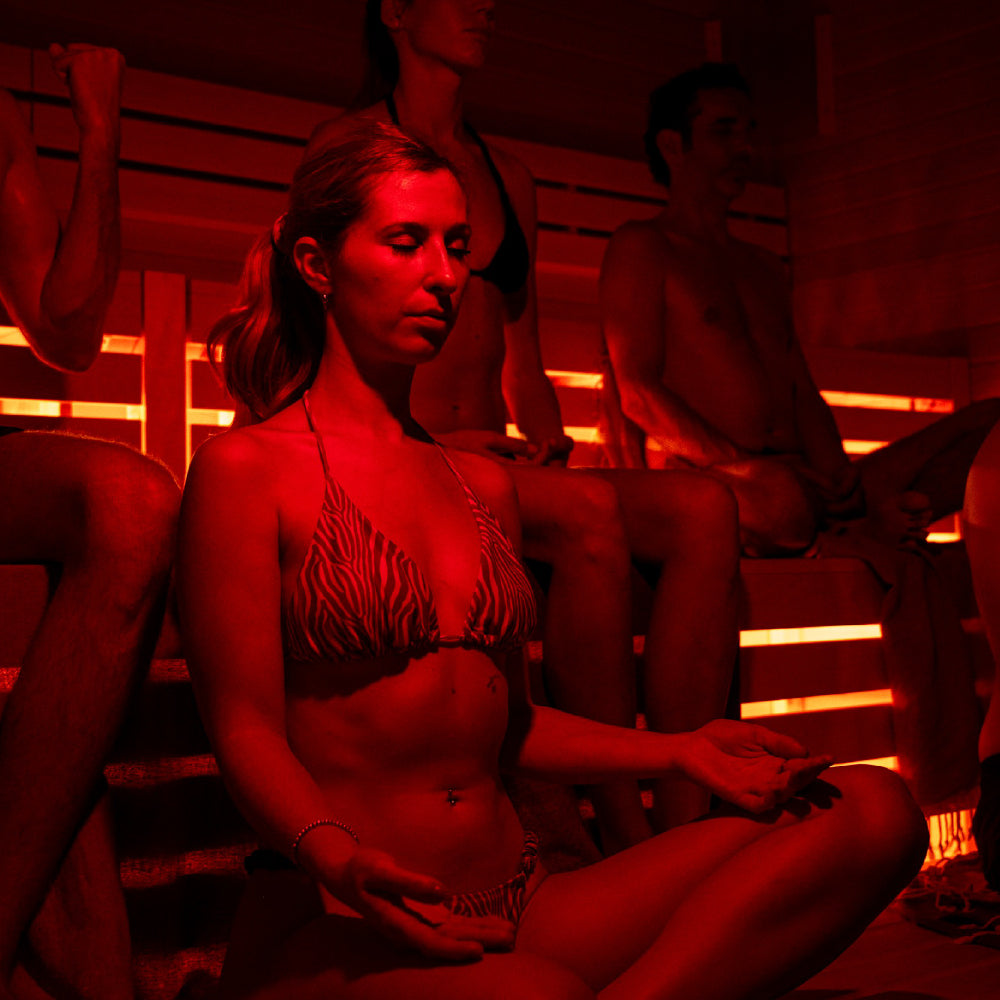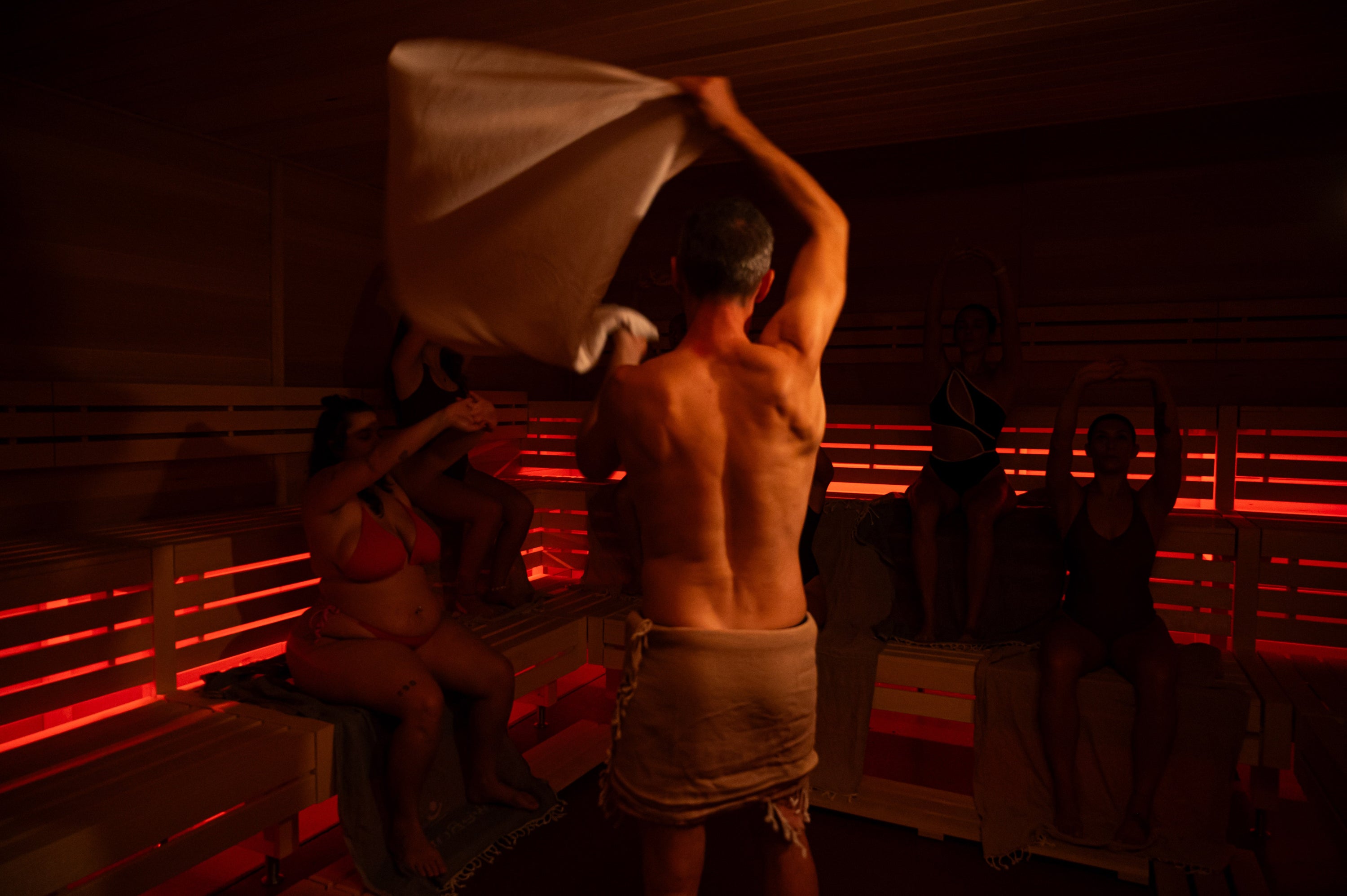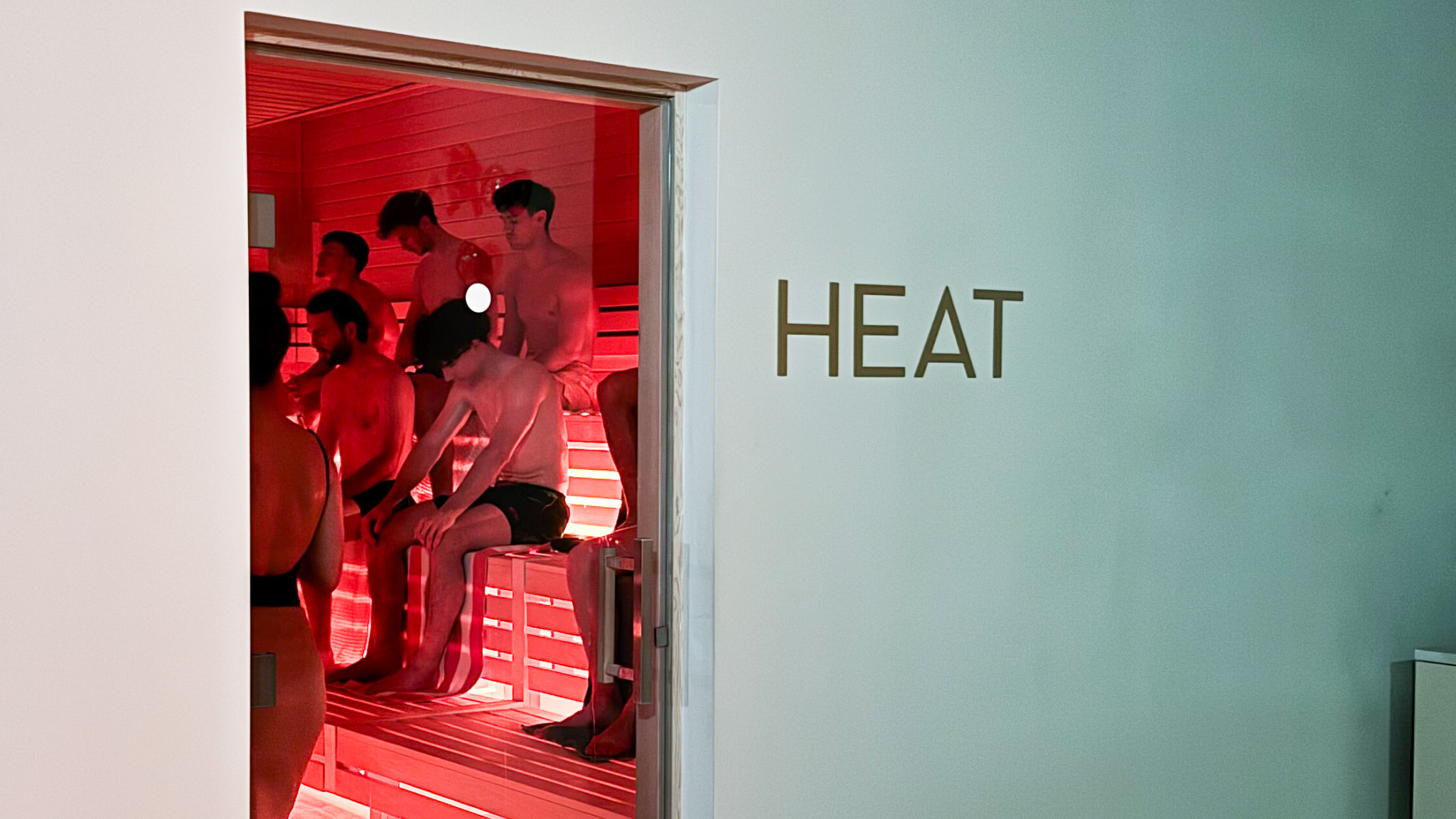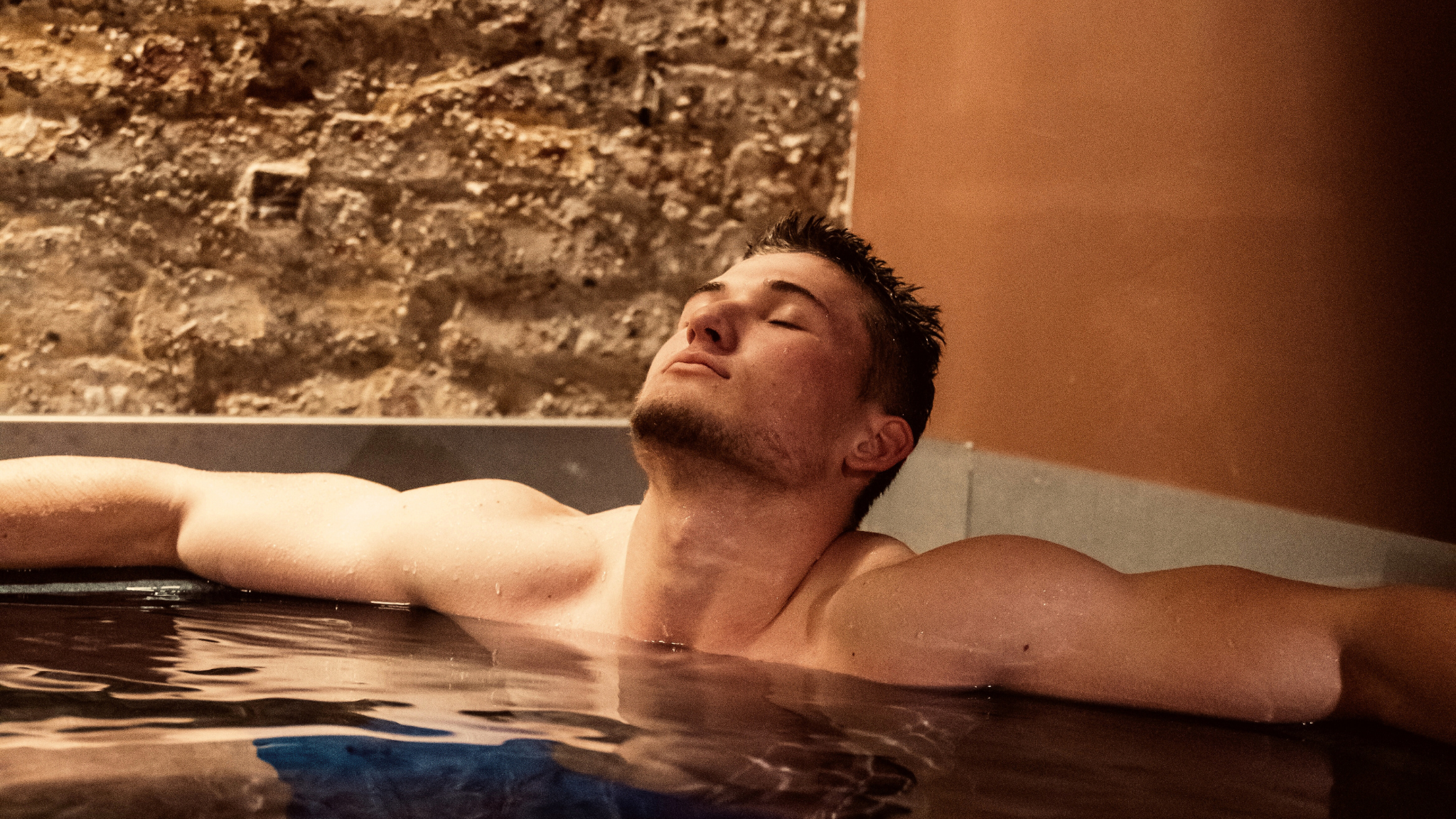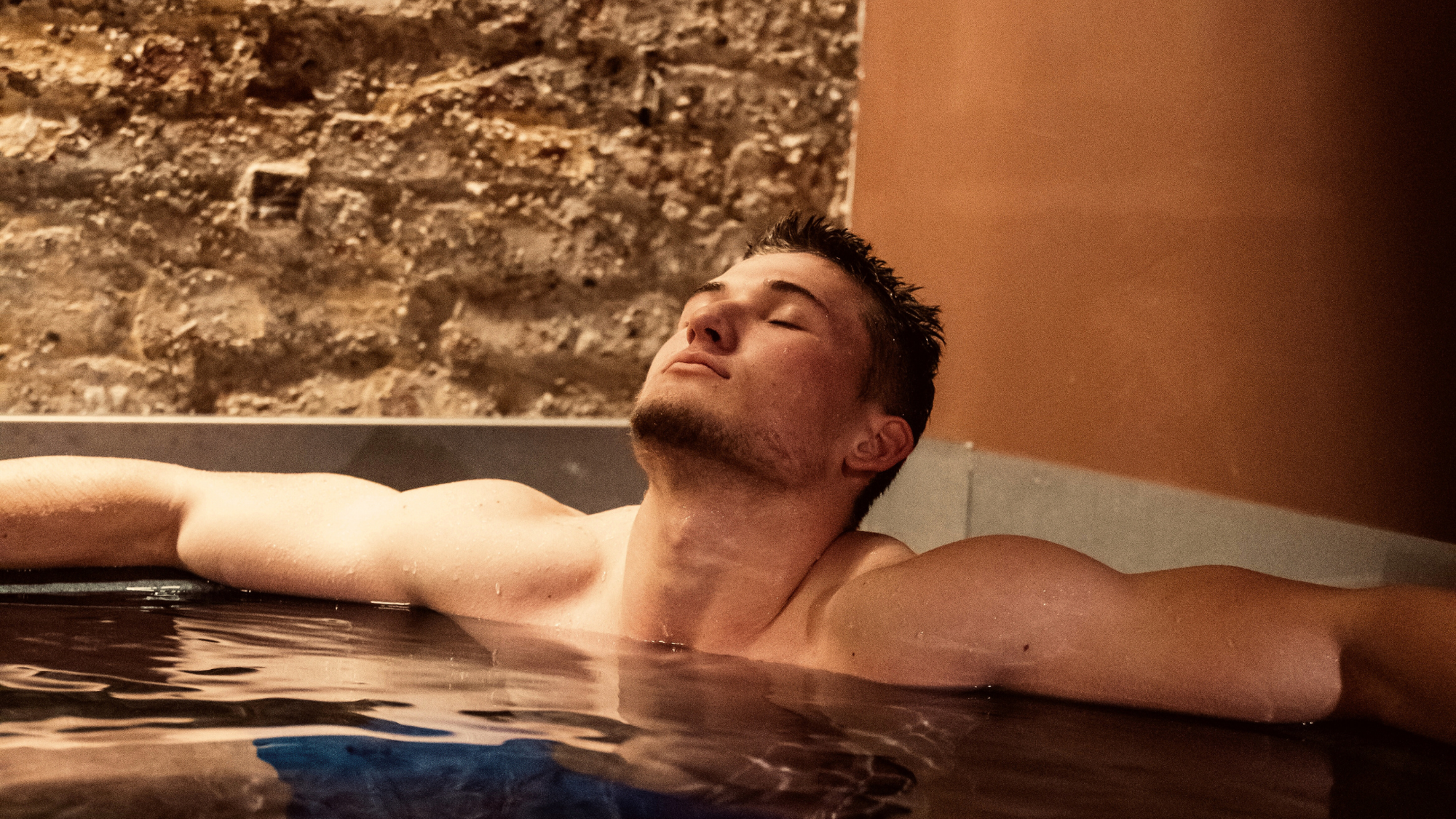

· Von Katharina Fojtl
Eisbaden für Anfänger: 10 Tipps für deinen ersten ersten Sprung ins kalte Wasser
Eisbaden ist mehr als nur ein Trend – es ist ein kraftvolles Werkzeug für Resilienz, Erholung und mentale Stärke. Doch der erste Schritt ins eiskalte Wasser kann einschüchternd sein. Der Schlüssel? Vorbereitung, Mindset und die richtige Technik.
Hier sind 10 essenzielle Tipps, die dir helfen, dein Eisbad zu meistern und vollkommen gestärkt wieder raus zu kommen.
🧊 Bevor du reingehst: Was du wissen musst
1. Aufwärmen vor dem Kältebad
Aktiviere deinen Körper mit Atemübungen, Bewegung oder einer Saunasession.
2. Einfach machen – nicht nachdenken
Zu viel Nachdenken macht es nur schwerer. Geh mit Entschlossenheit ins Wasser. Je länger du zögerst, desto größer wird dein innerer Widerstand.
3. Ruhig atmen & die Kontrolle behalten
Atme durch die Nase ein und durch den Mund aus. Nutze eine hypoventilierende Technik (langsames, kontrolliertes Atmen), um entspannt zu bleiben. Vermeide Hyperventilationstechniken vor oder während des Eisbadens – sie können Schwindel oder Ohnmacht verursachen, im schlimmsten Fall sogar Ertrinken.
🧊 Während des Eisbadens: So gehst du mit der Kälte um
4. Auf deinen Körper hören
Unwohlsein ist normal, aber es gibt eine Grenze. Achte auf deine Körpersignale und steig aus, wenn es zu viel wird. Nutze die 3-Hürden-Methode von Dr. Huberman, um deine Grenzen einzuschätzen.
5. Schultern rein für die volle Wirkung
Unsere Empfehlung: Tauche so weit ein, dass deine Schultern unter Wasser sind (also dass du bis zum Hals im Wasser bist). Das verstärkt die Vorteile.
Falls du das erste Mal dabei bist, lass deine Hände draußen. Das macht es etwas eingfacher. Und so kannst du die Herausforderung dann steigern:
- Anfänger:innen: Hände außerhalb des Wassers.
- Nächster Schritt: Hände unter die Achseln ins Wasser.
- Dann: Hände auf den Oberschenkeln im Wasser.
- Fortgeschritten: Hände frei im Wasser.
- Expert:innen-Modus: Bewege Arme & Beine, um die warme Schicht um deine Haut aufzubrechen.
6. Nutze eine beruhigende Atemtechnik
Es gibt verschiedene Atemtechniken, um dein Nervensystem zu entspannen. Das macht das Eisbaden angenehmer und verstärkt die positiven Effekte. Du kannst z. B. die Summatmung oder Box-Breathing ausprobieren. Mehr dazu findest du hier.
🧊 Nach dem Eisbad: Richtig aufwärmen
7. Lass deinen Körper sich selbst aufwärmen
Am besten wärmst du dich selbst auf – mit spazieren, Kniebeugen oder einfach zittern. Handtuch, Sauna und warme Dusche wegzulassen, lässt deinen Körper arbeiten. Das verstärkt die positiven Effekte des Eisbadens. In der Wissenschaft spricht man von Hormesis – oder, einfacher gesagt: „Was dich nicht umbringt, macht dich stärker.“
8. Kein Laufen oder Springen direkt danach
Deine Muskeln und Gelenke sind kalt – plötzliche Bewegungen erhöhen das Verletzungsrisiko. Außerdem bist du nass, und nasse Oberflächen können rutschig sein. Kombiniert mit der langsameren Reaktionsfähigkeit bei Kälte solltest du das lieber vermeiden.
🚫 Was du niemals tun solltest
9. Nicht kopfüber eintauchen
Geh immer kontrolliert ins Wasser und starte mit den Füßen.
10. Nicht zu lange drin bleiben
Mehr ist nicht immer besser. Wenn du merkst, dass es genug ist – steig aus. Wenn du dich plötzlich unwohl fühlst, sofort raus.
Wann du aussteigen solltest: Warnsignale
- Sehr blaue Lippen
- „Kältedummheit“ – undeutliche Sprache, Denkprobleme (ähnlich wie betrunken sein)
- Krämpfe oder steife Gliedmaßen
- Zittern ist normal – aber wenn es aufhört, während du noch im Eisbad bist, steig bitte raus
Gut zu wissen
- Zittern ist gut! – Es ist die natürliche Reaktion deines Körpers, um sich aufzuwärmen. Lass es zu.
- Fortschritt braucht Zeit – Je häufiger du übst, desto besser passt sich dein Körper an.
Bereit für den Sprung ins kalte Wasser? Sei bei einer unserer angeleiteten Eisbade-Klassen dabei!


